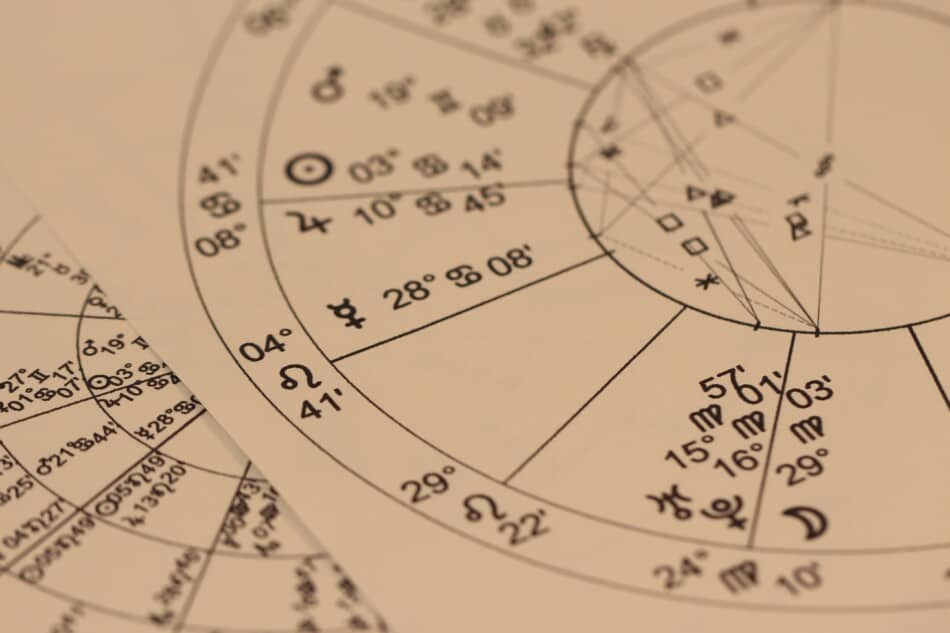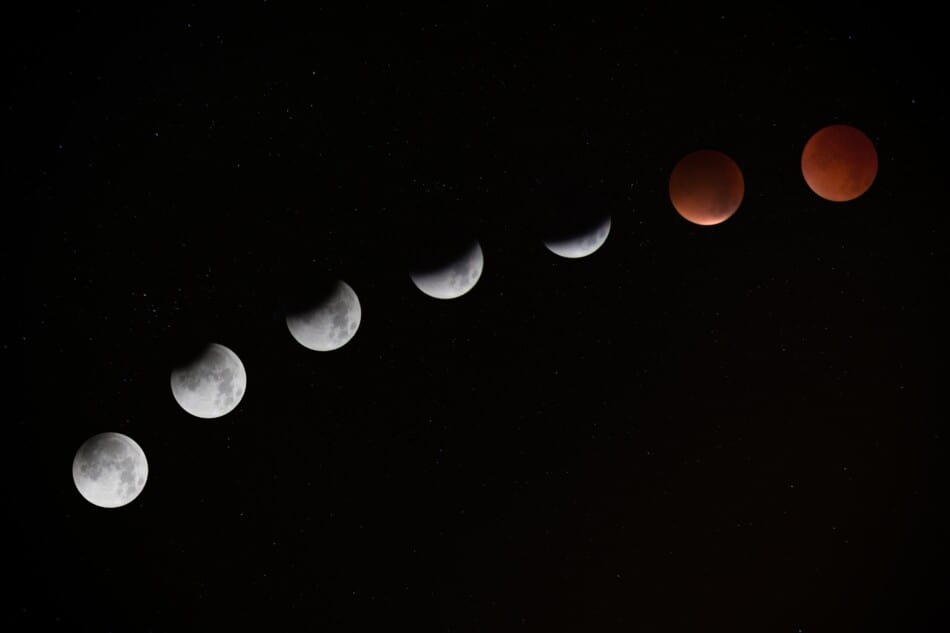Hindu calendar date system is being in practice since 1,000 BCE that helps to determine dates, events, and other festivals of the Hindu religion. It is a lunisolar based dating system that covers 2 full cycles of the moon in other terms the lunar months. The lunar month consists of 30 lunar days or thithi calculated based on the moon’s revolution.
The article deals with the complete explanation of various terminologies related to the Hindu calendar.

Hindu calendar theory is followed in Nepal in the name Vikram samvat that resembles the former calendar theory in all means. However, the Hindu calendar appears with regional variations followed by fellowmen from various parts of India.
Functions of Hindu calendar
As told earlier, The Hindu calendar is the source of information helping to know dates and events of the corresponding year. The calendar is also known as Panchanga that helps astrologers to calculate related theories. The Panchanga alone lends needed information in knowing the date specificity ahead of the current year.

Hindu calendar is based on the Gregorian calendar but follows the lunisolar theory. Unlike the Gregorian calendar that adjusts the additional days to complete a year, the Hindu calendar fulfills those additional days to the lunar month. Based on that, 365 days falls in a year that involves 24 full cycles of the moon’s revolution.
The cycle of the moon
A complete cycle of the moon starts as the new moon to develop as full moon requires 15 lunar days. Similar count of days required for the reverse cycle. The completion of two cycles is called the lunar month and the fifteen days are called Paksha.

Paksha
The first fifteen days before the full moon are coined as Shukla Paksha (the period of the waxing moon) in other words the bright fortnight. Whereas those fifteen days before the new moon are denoted as Krishna Paksha (the period of the waning moon) aka dark fortnight.
The full completion of these fortnights is called the lunar month and overall twelve lunar months or 24 Paksha together counted as 365 days. This count includes the additional days that are added to the 354 days of the lunisolar calendar for a year.
Thithi
The lunar day is all alone known as thithi in terms of astrology and Hindu calendar maintains the terminology to denote lunar day, itself. It is defined as the period the moon took for its longitudinal rotation around the earth. Besides, there exists variation in the duration of rotation for the complete cycle around 19 to 26 hours. And this rotation of moon by itself is called lunar day or thithi.
There are fifteen unique names given for thithi to represent each lunar day.
They are as follows:
- prathama
- dwithiyi
- thrithiyai
- Chathurthi
- Panchami
- sashti
- Saptami
- Ashtami
- Navami
- dasami
- Ekadasi
- dwathasi
- thriyodhasi
- chathurthasi
- Purnima in case of the bright fortnight and Amavasya in case of the dark fortnight.

The waxing and waning of the moon occur concerning the number of the day falls during the period of paksha. The thithi can be identified according to the image of the moon appearing that can be visualized with the naked eye.
Ekadasi
The term Ekadasi refers to the eleventh lunar day of both dark and bright fortnights. The Indian calendar pictures progressive stages of the moon for every phase of cycles before the full and new moon. Ekadasi is the eleventh progressive or regressive lunar day and the moon appears either 3/4th full or 3/4th dark with specific arcs.
The Vedic texts of Ayurvedha science highlight the importance of the lunar day Ekadasi also the physical practices let to follow on a special day. This specific thithi is meant for body repair or to cleanse the internal organs either by partial or complete fasting till sunset.
Observant are intimated to avoid protein and carbohydrate-rich food rather suggested for the intake of fruits, milk, and milk products. On the whole, there are 24 Ekadasi in an average Hindu calendar and every Ekadasi earns unique importance intended for repair and cleansing purpose.

List of Hindu years
Hindu calendar has shortlisted the Hindu years based on the ancient texts like Rig Veda and others. Added though, the year is coined as samvatsara in Sanskrit and exactly 60 samvatsara are listed out in Hindu calendar.
Indian calendar follow the names of samvatsara every year though not numbered exactly. The sixty samvatsara are classified into three groups as twenty each. Accordingly, first twenty are propounded to Brahman and the mid twenty to Vishnu whereas the last twenty to Shiva.
As per Vedic texts, samvatsara denotes the ‘’Jovian year’’ that is the rotation of the planet Jupiter. In other terms, the time taken for Jupiter to travel from one constellation to consecutive one is the ‘’Jovian year’’. The list of Hindu calendars is as below:
- Prabhava
- Vibhava
- Sukla
- Pramodaduta
- Prajapati
- Srimukha
- Angirasa
- Bhava
- Yuva
- Dhatru
- Isvara
- Bahuthanya
- Pramathi
- Vikrama
- Vrushapraja
- Chithrabhanu
- Subhanu
- Tarana
- Parthiva
- Vyaya
- Sarvajit
- Sarvadhari
- Virthi
- Vikrti
- Khara
- Nandhana
- Vijaya
- Jaya
- Manmada
- Durmuka
- Heyvilambi
- Vilambi
- Vikari
- Sarvari
- Plava
- Subhakrta
- Sobana
- Krothi
- Visvavasu
- Parabhava
- Plavanga
- Kilaka
- Saumya
- Sadharana
- Virdhakrta
- Parithavi
- Pramadhi
- Anandha
- Raksasa
- Nala/Anala
- Pingala
- Kalayukta
- Sidharthi
- Raudra
- Durmathi
- Dundhubi
- Rudhirodgari
- Raktaksi
- Krodhana/Manyu
- Akshaya
There are no definite numbers given to but once all the 60 years end up, then start the cycle once again, once for all.
Hindu calendar Vs Gregorian calendar
A wise comparison is needed to differentiate the two calendar patterns. The calendars find unique differences between them starting based on rotation and so on. Our readers will be able to understand what made the difference between the two calendars. Here is the glance dealing with the differentiation.

- Hindu calendar is framed based on the movement of the moon. The Indian calendar or Hindu calendar is the time reckoning system practicing with the lunar movement.
The days of the month are 28 per cycle and about 354 days per year. The additional days are considered as ‘’Adhik mass’’ and adjusted to make up to 365 days per year. - Gregorian calendar is set up considering the movement of the earth around the sun. The English calendar pursues twelve months alike Hindu calendar however the days of the month are constricted to 30 or 31, constant.
- Hindu calendar does not possess the identity of who about established the calendar system. A rough calculation refers to the calendar system in practice since 1,000 BCE.
The Gregorian calendar was approved and announced by Pope Gregory XIII amidst the 15th century. To calculate the celebration of Easter, a Christian festival, the Gregorian or English calendar was established. - Hindu calendar fixes the New Year with the movement of solar rotation and classifies the year into six seasons.
The Gregorian system of the calendar has fixed the last date of December as New Year eve and the First day of January is celebrated as New Year. The calendar system classified the year into four seasons.
Below are general questions regarding Hindu calendar system:
How does the Hindu calendar handle leap year?
The best answer to the question is ‘’Irregular intervals’’. Certain to ‘’Adhik mass’’ theory the additional days are added irregularly in-between months. Of course! Hindu calendar does not follow strict rules to adjust or handle leap year. The dating system does not bother with the leap year and additional days.
Benefits of Hindu calendar
Just to figure out the benefits is not the target of the article. We want the reader to understand and accept the concept hidden behind the Hindu calendar dating system.
Imagine what if you do not have the proper source to determine the dates or days? Unlike the modern era, the ancient period is most backward with technical development. No cell phones and watches there to help people to determine the dates. Just for the sake of determining the dates, events and to observe fasts, scholars put forth their intellectual ideas and framed the dating system.
Hindu calendar system is the most reckoning system that pinpoints the exact date, thithi, Paksha, etc millions of years ago. The scholars are so prominent determining the thithi that falls this day millions of years ago.
Since the Hindu calendar system find its basics both on lunar and solar rotational theory therefore it was easier to divide the year into six seasons. This is not possible with the Gregorian calendar that considers solar movement alone.
Speaking frankly, it adores us how come the scholars able to adjust or handle the leap year. The additional days are simplified in between the months, not as the Gregorian calendar does.
